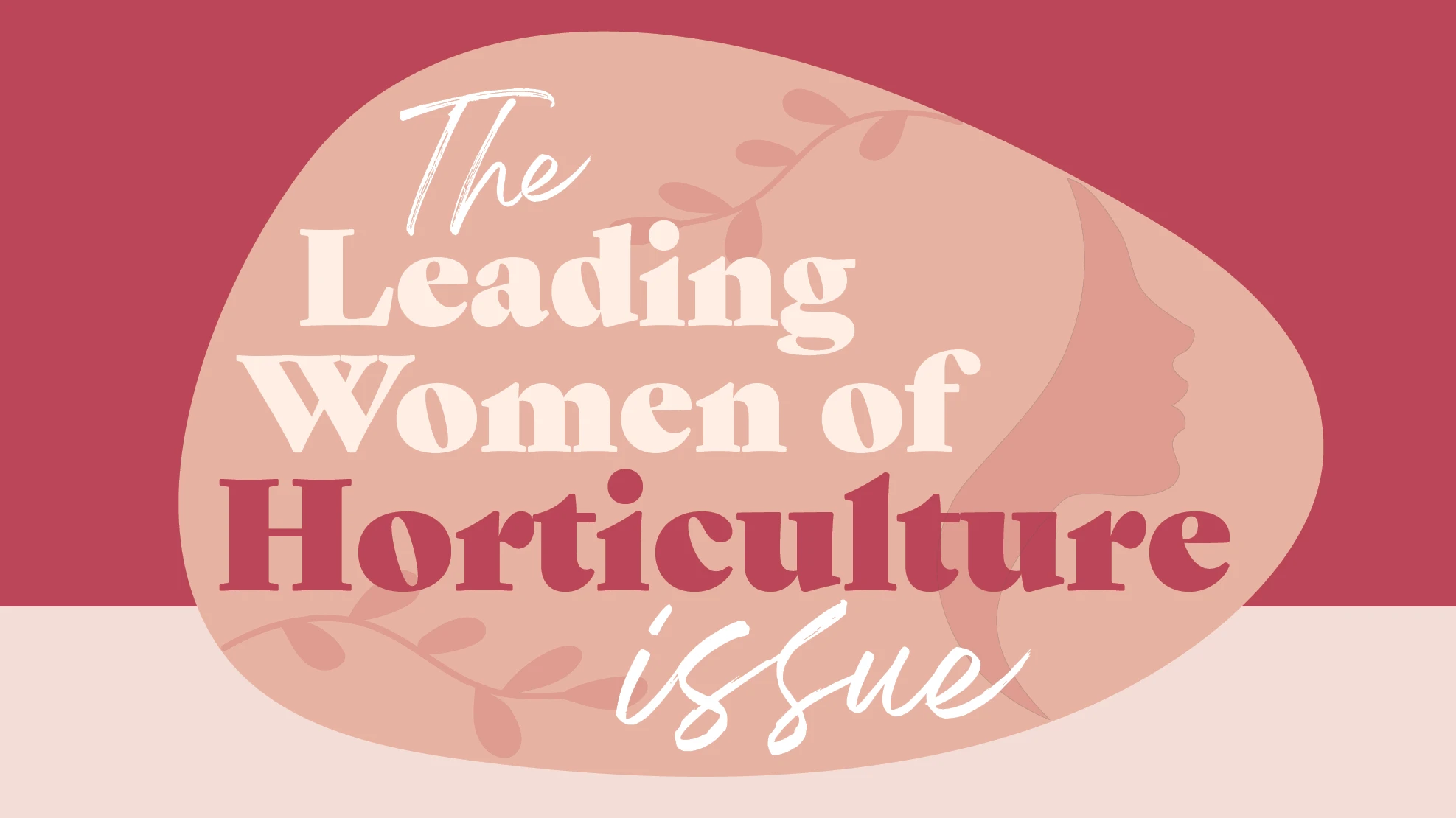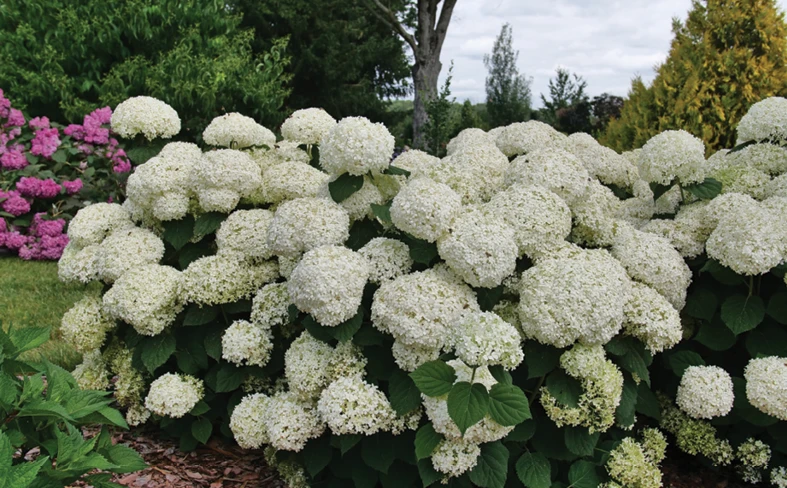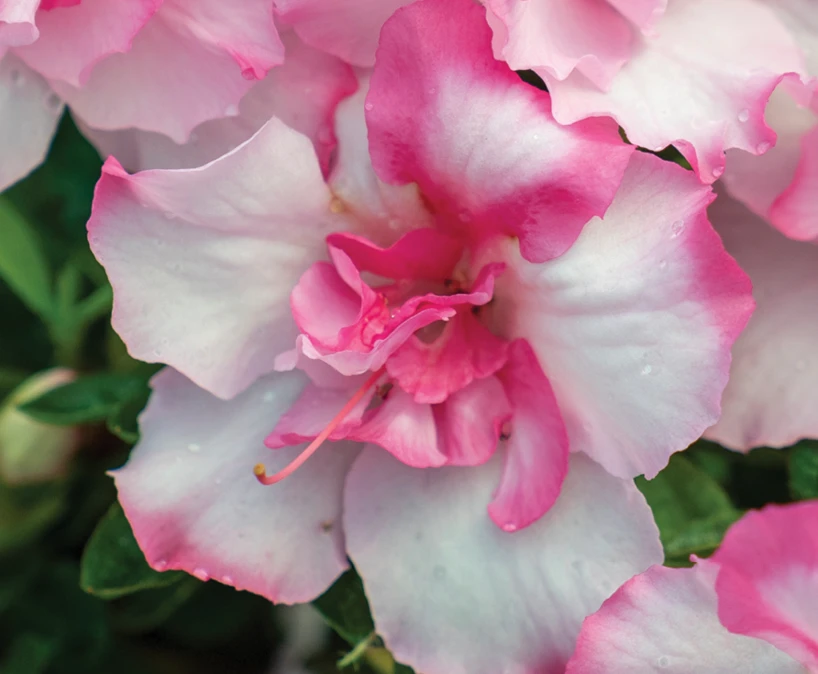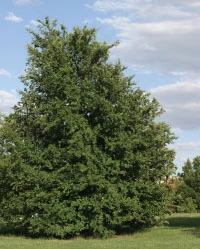
|
|
Cedar elm is a low-maintenance, North American native that can thrive in almost any soil type, including alkaline and clay.
“Prolific, inconspicuous, and highly tolerant of the world in which it lives, the cedar elm has earned its rightful position in the evolutionary rollercoaster of this planet,” said Mark Sherwin, vice president of the Audubon Society of Central Oklahoma. “Ulmus crassifolia is highly resilient. Perhaps the main reason for the tree’s success is how tough it is. It can survive drought, air pollution and less-than-favorable soil nutrient levels.”
The cedar elm is being planted at Oklahoma’s Lake Hefner habitat restoration project in Oklahoma City. Cedar elm was chosen as an Oklahoma Proven Selection in 2005.
The cedar elm is a slow-growing, deciduous tree. Forms vary from upright-oval to broadly horizontal. It performs best when grown with a single leader.
Fall flowers and fruit
Unlike other elms, cedar elm produces flowers and fruit in the fall. Flowers are red-brown to red-green and fruit is a winged samara. The bark is somewhat scaly and the branches have corky ridges.
Cedar elm flowers from August to September and fruit ripens from September to October. However, flowering dates have been reported as early as July and fruiting as late as November. When flowers appear in August, fruit ripens in September, and then a second flowering and fruiting may occur in October and November, respectively, according to the USDA’s Forest Service.
Good street tree
The branches droop as the tree matures, which may hinder its use as a street tree in some locations. But its adaptability more than makes up for some occasional pruning.
It’s one of the more disease-resistant native elms for Dutch elm disease, but watch for powdery mildew.
Cedar elm is hardy in USDA Hardiness Zones 6-9, and can be grown throughout the West Coast, all of the southern and southeastern states, and much of the Mid-Atlantic.
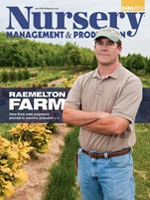
Explore the June 2010 Issue
Check out more from this issue and find your next story to read.


